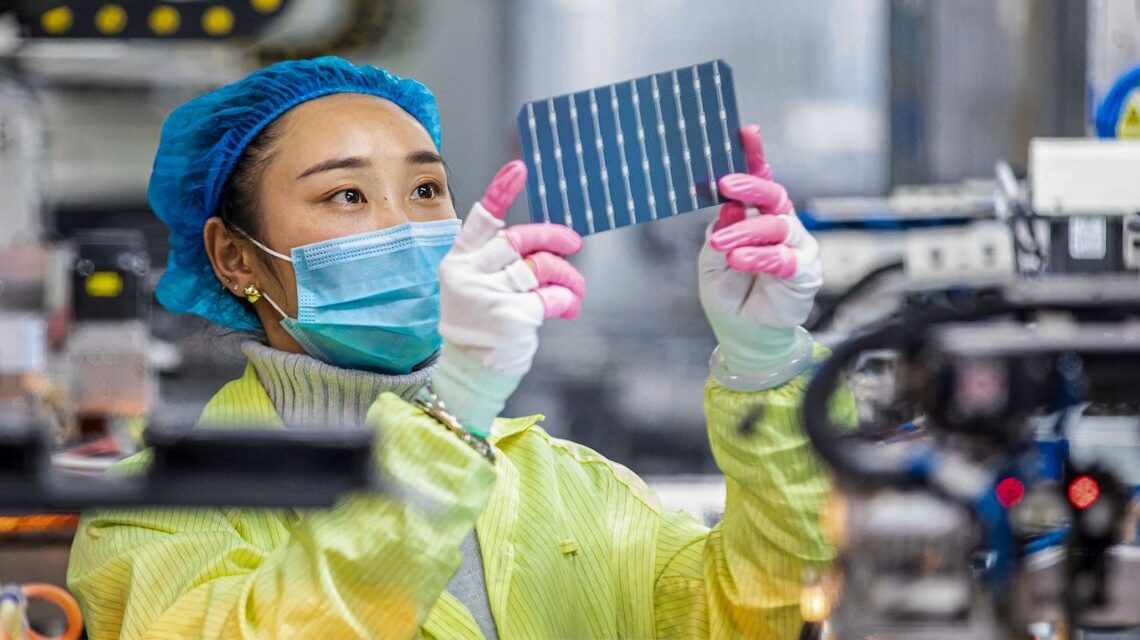The Biden administration lobbies for renewable energy funding programs that nominally support the U.S. solar industry. However, I sit on the boards of four solar energy companies that are being harmed badly by existing U.S. tariffs and threats of new ones. Two of those companies are suffering through serious financial problems, and three are refocusing on Europe, Asia and Australia, where the solar markets are growing rapidly and suffer less from government interference.
How did the U.S., where silicon solar panels were invented, get to this point? In 2001 Silicon Valley’s
SunPower Corp.
created a compelling vision of the solar future by developing the cells covering the wings of NASA’s Helios solar-powered airplane with a 247-foot wingspan. Yet, SunPower almost went bankrupt that year in the dotcom crash. The problem was—and remains—manufacturing cost. According to SunPower founder,
Dick Swanson,
NASA’s price target for SunPower’s advanced solar cells was $60 per watt of power produced. That’s literally 375 times the market price of solar cells today.
My company, Cypress Semiconductor, was expert in cost reduction. We invested heavily in SunPower, convinced its management to shut down an old Silicon Valley wafer-fabrication plant and sent its R&D team to a “Moore’s Law Boot Camp” at our plant in Texas. After SunPower’s engineers spent months creating blueprints for the automated plant and equipment to achieve competitive cost, they turned down my offer to give them our wafer-fabrication plant because it wasn’t economically viable, even at zero cost.
To win, SunPower had to do exactly what U.S. chip companies had to do with their cost-sensitive chip assembly factories in the 1970s—first automate them, and then put them in low-cost countries. SunPower’s new plant was built in the Philippines. The Chinese solar industry followed suit and created…

